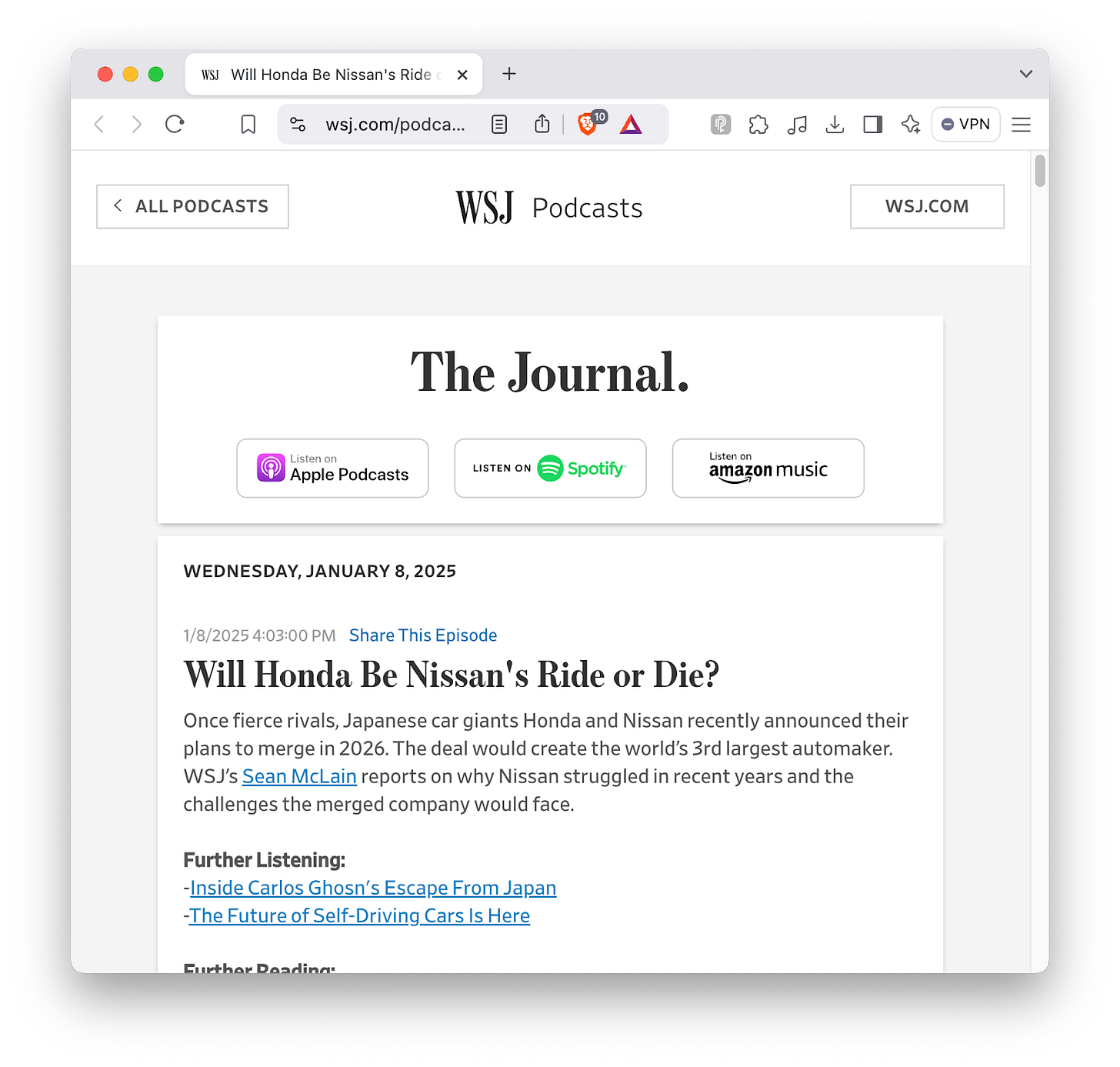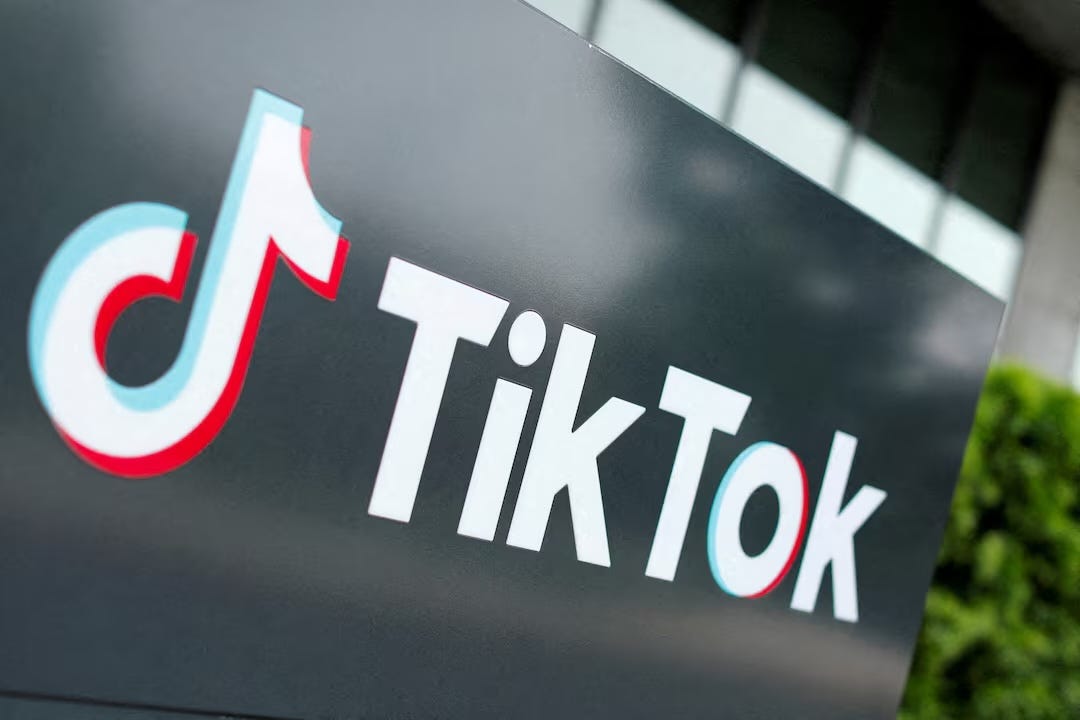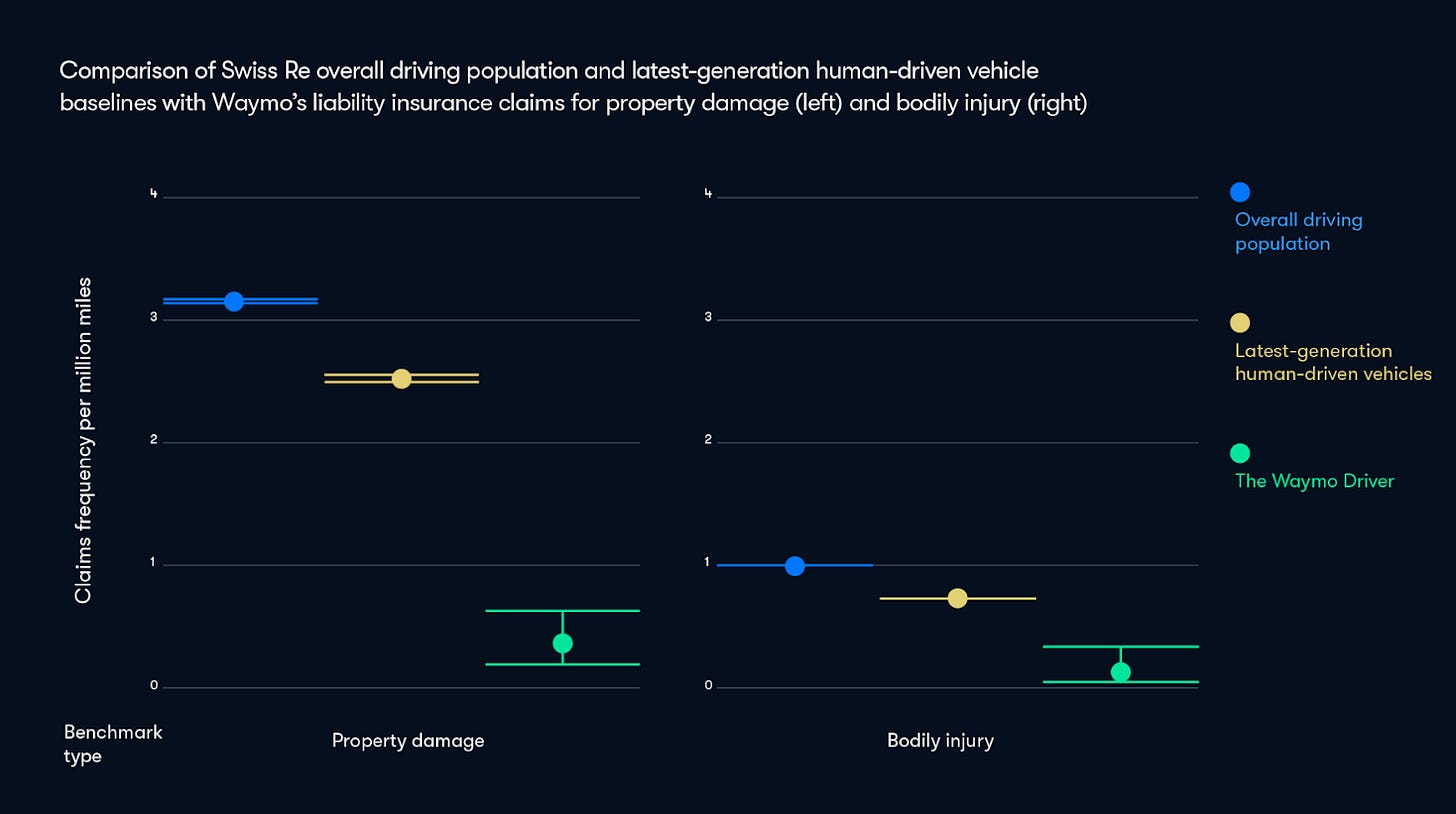(#109) Why Honda is merging with Nissan; Sonos redesign app went wrong
Open AI is recruiting engineers in Robotics
Dear #onStrategy Reader,
During the last two weeks, I have written the following:
Moving on.
The book in the hardcopy is almost sold and I’m thinking of printing another batch. We shall see (eMAG)
Working works:
The more I work & write, the more I have ideas for more, confirming my work ethic hypothesis: creativity feeds on action, not the other way around. Inspiration isn’t a prerequisite - it’s a result.
The harder you push into the work, the more your brain rewards you with connections, patterns, and breakthroughs.
Waiting for the perfect idea is a trap. Start where you are, with what you know, and the ideas will come rushing to meet you.
Onto the update:
“Good” vs. “Bad” strategy
A super summary of the (chapter I.1 of my book):
Good strategy is elegant, precise, and unmistakably actionable. It identifies the critical problems, focuses energy where it matters most, and commits to coherent, deliberate action. Like a scalpel, it cuts away distractions and aligns effort to impact.
Bad strategy? It’s noise masquerading as substance. It’s a wish list of aspirations, draped in jargon, and devoid of decisions. It’s broad, aimless goals that no one owns and fluffy statements that achieve nothing.
A bad strategy wastes time on everything, while a good one chooses wisely what not to do.
Remember, clarity is power. In strategy, saying “no” often creates the loudest “yes.”
Open AI is recruiting engineers in Robotics
When OpenAI posts a job opening for a Systems Integration Electrical Engineer, Robotics, it’s not just about filling a vacancy. It’s about charting the next frontier.
1/ Robotics demands integration, that is, marrying AI’s intelligence with the physical world. The task is clear: design systems that make machines feel human-like in how they adapt, react, and engage in dynamic, real-world settings. For OpenAI, this role is about control over the entire stack — choosing silicon, refining PCBs, and optimizing sensors to bring prototypes to production. It’s as much about inventing new capabilities as it is about ensuring they’re ready to scale.
2/ Why now? OpenAI’s vision of AGI (Artificial General Intelligence) goes beyond words on a screen. Robotics is the ultimate proving ground — a synthesis of AI, hardware, and real-world complexity. With this role, OpenAI signals its intent to push boundaries, ensuring its breakthroughs don’t just remain digital but become part of the physical world, potentially transforming industries from manufacturing to elder care.
2/ Hiring for this position is a strategic chess move. The game isn’t just about creating robots; it’s about owning the capability to integrate intelligence into physical agents seamlessly, setting the stage for leadership in a future where software meets the tangible. That’s not just evolution. That’s revolution. LINK
Sonos CEO to depart after disastrous app launch
Some ideas on the topic:
1/ A CEO is rarely ousted over a single mistake. The failed app redesign at Sonos wasn’t the sole reason Patrick Spence resigned, it was merely the most visible symptom of a deeper systemic failure.
2/ The buggy app launch, premature and missing key features, wasn’t an isolated error. It was part of a domino effect: a rushed development cycle, insufficient testing, a disconnect between leadership priorities, and an overreliance on public goodwill. Each decision compounded the next. The subsequent layoffs, employee morale decline, and tarnished customer trust showcased a leadership team struggling to balance innovation with execution.
3/ For any organization, a failure this public often marks the culmination of smaller, less visible cracks in strategy and culture. The leadership’s inability to course-correct mid-crisis and to address underlying operational flaws made recovery impossible without a drastic change at the top.
4/ A CEO’s role is to steer the ship, not just weather the storm. When the ship hits the iceberg, the captain isn’t blamed solely for the crash but for failing to foresee the risks and prepare the crew to navigate. Spence’s departure signals not just a reaction to one disastrous app but a necessary reset in how Sonos approaches its vision, execution, and accountability moving forward. The new interim CEO has a mission: to rebuild that trust while addressing the systemic issues that led to this point. LINK
Why Honda is merging with Nissan: factories, SUVs, and China
Well, for several reasons:
1/ Honda’s proposed merger with Nissan is not about a single decision, it’s the result of years of strategic missteps, mounting challenges, and changing market dynamics.
2/ Nissan’s decline, marked by an overreach into emerging markets and an ill-fated expansion strategy under former CEO Carlos Ghosn, left it with half-filled factories and shrinking profit margins. Honda, while stable, faces its own pressures, including the rising dominance of Chinese EV manufacturers and the high costs of software-defined vehicles. This merger is not a sudden move but a culmination of strategic desperation on Nissan’s part and a cautious opportunity for Honda  .
3/ The deal also reveals systemic issues within the auto industry: a fragmented market forced to consolidate under the weight of EV innovation, regulatory pressures, and shifting consumer preferences. For Nissan, this is survival; for Honda, it’s a calculated risk. However, the cultural differences and overlapping product lines make this a challenge that extends beyond operational synergy.
4/ This merger isn’t just a reaction to immediate struggles but part of a broader reckoning in the global automotive sector. It reflects how even legendary companies, when burdened by compounded errors, must either adapt together or risk irrelevance.
5/ One interesting corporate culture aspect: Nissan is run by sales reps who went to prestigious universities in Japan, while Honda is run by engineers who rose up through R&D. WSJ, The Verge
TikTok ban is a good strategy
The imminent TikTok ban isn’t just about one app, it’s about addressing a larger chain of concerns that have gone unaddressed for too long:
1/ TikTok’s popularity masks underlying risks: the opaque use of user data, its potential influence on younger audiences, and its connections to a geopolitical rival. These aren’t new concerns, but their accumulation makes the case for decisive action compelling.
2/ This isn’t just a reaction to privacy fears or national security rhetoric. It’s a wake-up call about dependency on foreign-controlled platforms with unclear accountability.
3/ For the tech ecosystem, it’s a call to innovate and build alternatives that prioritize transparency (ie. on its algorithm) and align with public interests.
Let’s do this in Europe too. LINK
Waymo is part of the driverless future
A new study about Waymo drew some interesting conclusions
1/ The data paints a clear picture: a 90% reduction in bodily injury claims and an 88% reduction in property damage claims compared to human-driven cars, even those equipped with the latest driver-assistance technologies . But this isn’t just about statistics; it’s about rewriting what’s possible on the road.
2/ Waymo’s performance demonstrates that fully autonomous systems can outperform human reflexes, judgment, and reaction times, even when supported by modern tools like collision warnings and automated braking.
3/ This is not just a win for Waymo; it’s a signal to the broader industry and regulators. Waymo is setting the stage for the broader acceptance of autonomous vehicles, not as experimental technologies, but as superior alternatives to human operation. LINK








